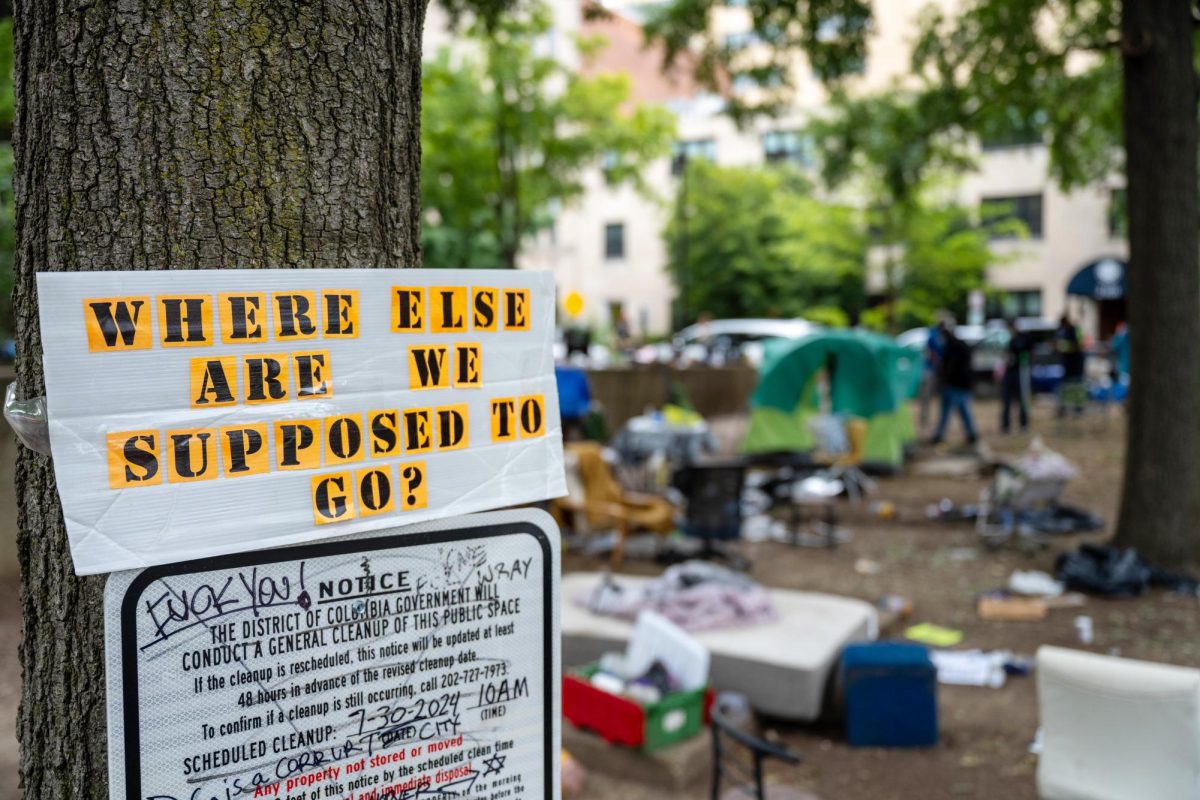As a young boy growing up in Cologne, Germany, graduate student Thomas Lagner covered his miniature globe with small stickers to mark every destination he hoped to visit.
At 12, he left home to study English through an exchange program in Ireland and by age 16, he had crossed the Atlantic solo to live with an American host family in Pennsylvania.
Now Lagner, graduating Sunday with a Master of Arts degree in organizational sciences, is preparing for his most difficult trip to date: a three-month trek across the world’s largest continent to reach the remote corners of Tibet, a small Chinese province whose territorial and spiritual significance has inspired political movements and big-budget Hollywood films.
Even as the travel plans solidified and he got his college friend Antje Watermann, a graduate student in Germany, to come along for the trip, Lagner, 25, faced some skepticism from his friends and family when he informed them about his latest adventure.
“Most people said, ‘I wish I could join you,’ but other people said, “Yeah right. When you get there send us a postcard,'” he said. Lagner decided to do just that – on a massive scale.
To involve more people in the excitement and to raise money for what he estimates will be a $4,000 trip, Lagner began selling custom-made postcards he designed on his computer. For $5, Lagner will carry a purchased card and the personal message scribbled on its back for every step of his 20,000-mile journey to Tibet.
Using a blog (www.postcardfromtibet.com) he will update weekly – Internet access permitting – Lagner will post pictures of himself holding the postcards at various stops along the trip so that card senders or awaiting recipients may “track” the location of their postcard over the months.
When he finally reaches Tibet, Lagner and Watermann will mail out the cards that have “traveled an extraodinary way – just for you,” according to the back of the card.
“(Antje and I) will be like the postman,” he said.
Friends and strangers alike have responded positively to Lagner’s postcard plan. One recent buyer thought the postcard would make a good Mother’s Day gift, though it will arrive five months late, Lagner said. Another buyer Lagner met during a trip to Chicago preferred to send a love letter rather than a postcard to his fianc?e.
“After that, I realized how important this is to people. I know I can’t lose this letter. It has to make it to its destination,” Lagner said.
The postcards, which will be sealed in Ziploc bags to protect them from water damage, will be among the most cared-for items Lagner and Watermann bring on their journey.
“When you just have a backpack you make good decisions on what to bring,” said Lagner, who will only be packing a journal, two pairs of pants, a few shirts, a jacket, a pair of shoes, water and “an emergency pack” of energy bars during his Tibet trip.
Lagner will be walking in or around Kogan Plaza at noon every day until Thursday selling postcards on campus. He has sold 45 cards until now, but hopes he and Watermann, who is selling cards in Germany, will be able to find about 200 buyers.
“It’s not about selling. It’s about having people share in the experience,” he said.
Tibet had long been a sticker on Lagner’s globe, but he put his idea into action after seeing the Dalai Lama speak during his visit to Washington, D.C., in November.
“I started to read about Tibet and what was going on. I wanted to know what it was like there,” Lagner said.
A seasoned backpacker who has traveled across Europe, slept in the Australian outback and scaled a glacier in New Zealand, Lagner decided the best way to learn about Tibet would be through firsthand experience.
“You can read a lot about places, but traveling there is different,” he said.
Believing it is crucial for travelers to truly “see” their destinations, Lagner decided against simply flying into the nearest airport from Tibet – preferring instead to take the longer, rougher and less conventional over-land route.
“Flying is not as exciting … it’s not as beautiful,” he added.
Lagner and Watermann begin their backpacking journey to Tibet August 5, when he arrives in Moscow. From there, Lagner and Watermann will board the Trans-Siberian Railway and travel through Mongolia and into China.
“People told me to be prepared to share a lot of vodka on the Trans-Siberian Railway. It sounds exciting,” Lagner said, smiling.
The two will travel around China, and from Beijing ride trains, buses and jeeps along the only two legal roads leading into Tibet. In five weeks, Lagner and Watermann will cover 500 miles of road within Tibet before their trip comes to an end in late October, when Watermann returns to her studies in Germany and Lagner begins his new job in Singapore.
After Tibet, Lagner hopes to backpack around South and Central America. He said he never intends to stop traveling, but may have to alter the way he travels in the future because of job and family obligations. The change, he said, would means less travel time and making hotel reservations rather than stumbling unannounced to local hostels.
Though personal safety is always an issue for backpackers, Lagner shakes his head when asked if he feels he has ever put himself in a dangerous situation during his years of travel. “But,” he added, “my mom would probably say yes.”



